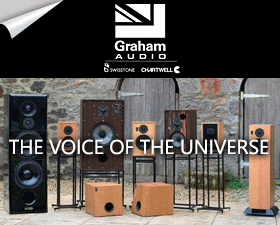What are your thoughts on the horns using compression driver mids / treble with reflex cone bass then, Dave?
I think it's difficult to come out with a seamless result. There are examples of commercial speakers with both poor coherence as well as horrific polar patterns, and some of these speakers sold for big $. We're used to hearing poor examples of this kind of speaker, but otoh there are few great examples to point to either. You could argue some more recent examples are excellent, and I'd agree they are much better, but still leave some room for improvement. BMS and Radian have made it pretty easy to make a speaker of exceptional value and very high performance with a single horn + a BR woofer, and I'm sure they are used in very high end applications too. Waveguides have less gain vs full horns though, so many of these examples are CD waveguides, these are not the same as a "full horn" and seem to be easier to match to a BR cabinet, probably because of less depth and lower gain.
On BR bass, I think the more surface area you have the more likely it is to work out well. However, it's hard to go bigger than a 15" in a large BR cabinet and have the speaker be appealing as something to put in your living room. Also, a CD + associated horn is just really different vs a cone driver, so I think an argument could be made a bass horn will always match up better. A dynamic driver in a horn is much closer in sound character to a BR bass cabinet. You can more easily match the diaphragm material, so both woofer and mid share the same kind of sound, and with a dynamic driver the actual horn is very shallow vs a CD, it's not a "full horn" so there isn't that mismatch in the type of systems involved and resulting sound character.
Eventually, I'd love to build a bass cab with 2 x 18" per side in a FLH combined with a mid and tweeter horn, but as a product it would be super-niche and tons of $. One day though...
















